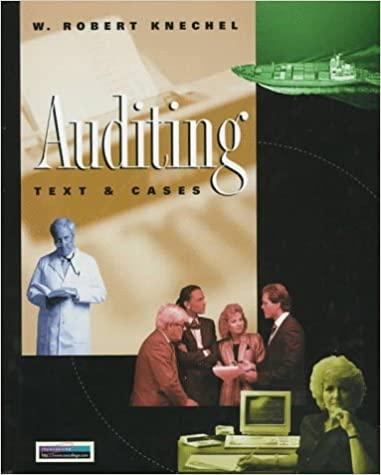
Use the following to answer question 2: Cost data $10 Regular time labor cost per hour Overtime time labor cost per hour $15 $80 Subcontracting cost per unit (labor only) $20 $10 Back order cost per unit per period Inventory holding cost per unit per period Hiring cost per employee S500 $400 Firing cost per employee Capacity data 40 employees 0 units 0 units Beginning workforce Beginning inventory Beginning back orders Production standard per unit (hours) Regular time available per period (hours) Overtime time available per period (hours) 2 hours of labor per unit 160 hours per period per employee 30 hours per period per employee Demand data 3,920 units 3,800 units Period 1 Period 5 Period 2 2,480 units Period 6 4,340 units Period 3 2,200 units Period 7 4,820 units Period 4 3,280 units Period 8 4,600 units Develop a hybrid aggregate plan with inventory, but no back orders, undertime or subcontracting. Also use no firing, since the company is projecting a 20 % annual growth rate per year over the next several years. (a) What is the workforce at the end of the last period? How many total were hired? (b) How many total units were produced using overtime? (c) What is the maximum ending inventory and when does it occur? a) What is the total cost? (e) In what ways do you think you can improve your hybrid solution? Supplement your answer with numeric evidence of improvement. Use the following to answer question 2: Cost data $10 Regular time labor cost per hour Overtime time labor cost per hour $15 $80 Subcontracting cost per unit (labor only) $20 $10 Back order cost per unit per period Inventory holding cost per unit per period Hiring cost per employee S500 $400 Firing cost per employee Capacity data 40 employees 0 units 0 units Beginning workforce Beginning inventory Beginning back orders Production standard per unit (hours) Regular time available per period (hours) Overtime time available per period (hours) 2 hours of labor per unit 160 hours per period per employee 30 hours per period per employee Demand data 3,920 units 3,800 units Period 1 Period 5 Period 2 2,480 units Period 6 4,340 units Period 3 2,200 units Period 7 4,820 units Period 4 3,280 units Period 8 4,600 units Develop a hybrid aggregate plan with inventory, but no back orders, undertime or subcontracting. Also use no firing, since the company is projecting a 20 % annual growth rate per year over the next several years. (a) What is the workforce at the end of the last period? How many total were hired? (b) How many total units were produced using overtime? (c) What is the maximum ending inventory and when does it occur? a) What is the total cost? (e) In what ways do you think you can improve your hybrid solution? Supplement your answer with numeric evidence of improvement







